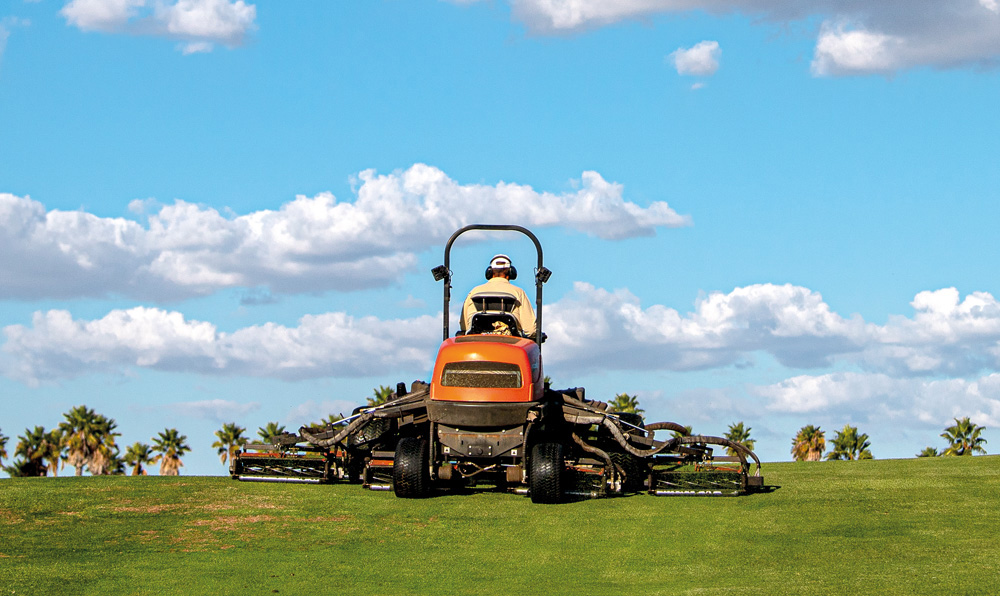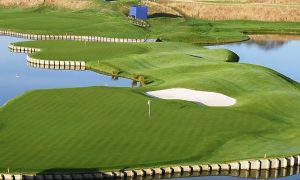GOLF COURSE DESIGN, CONSTRUCTION AND MAINTENANCE HAS EVOLVED TREMENDOUSLY SINCE I EMBARKED ON MY CAREER IN 1966
By Ronald Fream
When I left graduate school to join the golf architecture firm of Robert Trent Jones in January 1966, little did I have any vision as to what would evolve in the golf industry in the coming decades.
In the 1960s, Mr Jones was the foremost golf architect in the world, with an international practice. No one in his Palo Alto, California office had any insight to just how vast the golf industry would become. Prior to the early 1960s, golf had been a very exclusive, select activity at private clubs where access was well restricted. The game had no footing in many countries.
Dwight Eisenhower, US president from 1953 to 1961, made it fully obvious that he enjoyed playing golf. At the same time, mid-1950s, Arnold Palmer began to catch attention as a charismatic, exciting player on the then small pro golf tour. During Eisenhower’s term in office, he frequently was shown playing with Palmer and assorted showbiz stars of the time. Television was becoming common.
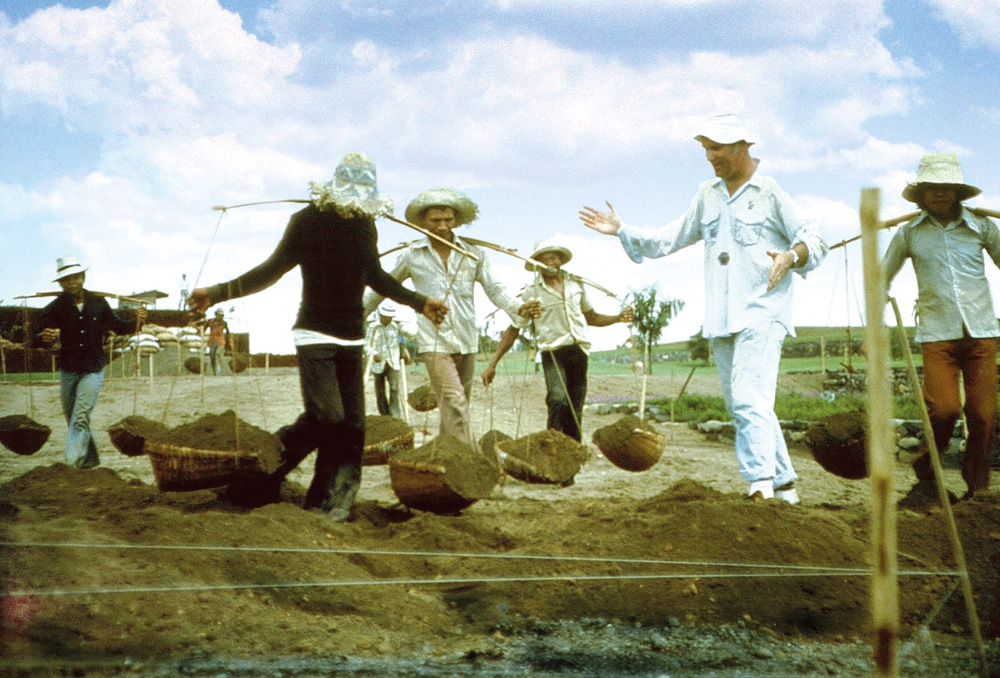

It was no shame to Eisenhower to be seen at a golf course. Indeed, the winter ‘White House’ was at a country club in Palm Springs, California where the President played golf most afternoons.
This exposure for golf joined with the prosperity of the United States economy. Many local towns, cities and county governments had an interest in and the funding necessary to build municipal, publically-accessible courses. It was during the 1960s that golf took hold in the USA.
The rapid construction of municipal courses charging modest greens fees brought affordable golf to many that the private clubs did not cater for. The numbers of players exploded. Increasing prosperity and improving means of transportation also spiked interest in destination golf. Entrepreneurs saw business opportunities with tourism golf. Residential real estate with golf took root too.
International economic prosperity as well gave cause to early golf development in some countries. Japan was an early starter in golf in the late 1960s and 1970s, mostly via expensive country clubs that attracted status-seeking wealthy Japanese businessmen.
The 1970s to the 2000s saw golf expand with vigour across many countries. As golf became more accessible, players increased and by the mid- to late-1990s golfers worldwide touched about 60 million players on some 34,000 courses. The USA had about 45% of these courses.
Depending upon local conditions, the interest in developing golf courses originally focused on private clubs, then tourist facilities to tap into growing international air travel, and local auto routes and expressway construction. ‘Daily fee’ courses serving local markets became common as disposable income increased in many countries.
Golf design evolved as well with the increasing number of players. More play meant more income. Demand and financing put golf into sites not considered workable in the 1950s or early 1960s.
Budgets for construction that were around one million dollars for 18 holes in the 1960s escalated as sites and owner expectations grew in ambition. Wealthy want-to-be golf owners and businessmen seeking more profit boosted budgets and accepted sites not suitable a decade or so before. Budgets became one million dollars a hole in the 1980s onward.
Into the late 1980s and through the mid-2000s, sites demanding huge budgets emerged … budgets of US$75 million, even more, were not unknown in Japan and even more so in ego-driven Korea.


In some locations, clubhouse size became a status symbol. High construction costs and excessive clubhouses drove up joining fees and green fees. Hindsight does suggest that this fact is true – the larger the clubhouse, the smaller the operating profits. However, large clubhouses still dominate some private club markets where profit is not a goal.
Increasing golf play and accompanying player demand, along with equipment technology advances, drove the fundamentals of golf design. From the 1950s to 1990s, the United States Golf Association (USGA) proscribed specific hole lengths to par designations that gave guidance to scoring – par-three holes were up to 228m (250y), par-fours up to 430m (470y), par-fives above 430m (470y).
When I was at the Robert Trent Jones office in the 1960s, our design brief provided for fairway bunker placement between about 225 yards and 250 yards off the rear-back tournament tees. Player strength, greatly enhanced golf balls and super large driver heads have reassembled what is considered normal ball flight for design purposes. In recent years, we have seen the tee shot length rocket out to more than 300 metres.
This greatly increased ball flight has seen the USGA and The R&A re-frame par gradients. Now for par-three holes 240m is the limit, par-fours is up to 450m and above 450m is a par-five … and there’s even a par-six length of above 610m. Debate continues on how to limit ball flight as greater length has neutered too many courses.
Golf courses have surely changed. The 6,000-metre course is now often dwarfed by 7,000-metre or longer tracks. Longer courses cost more to construct and more to maintain, driving up costs to play. The longer courses do not help the scores of the average player.
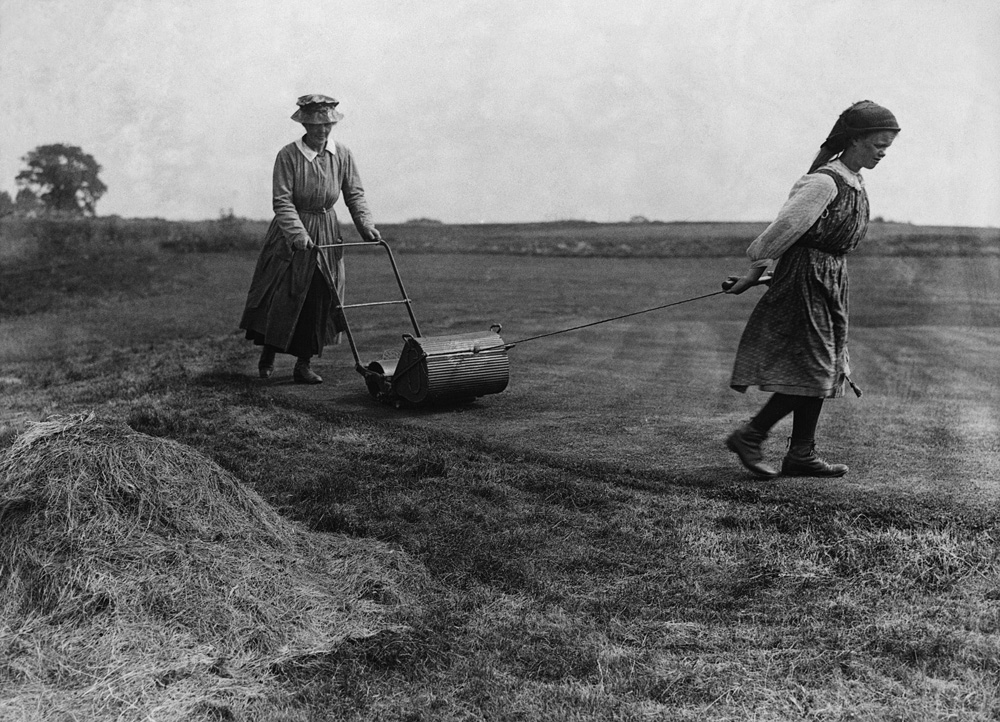
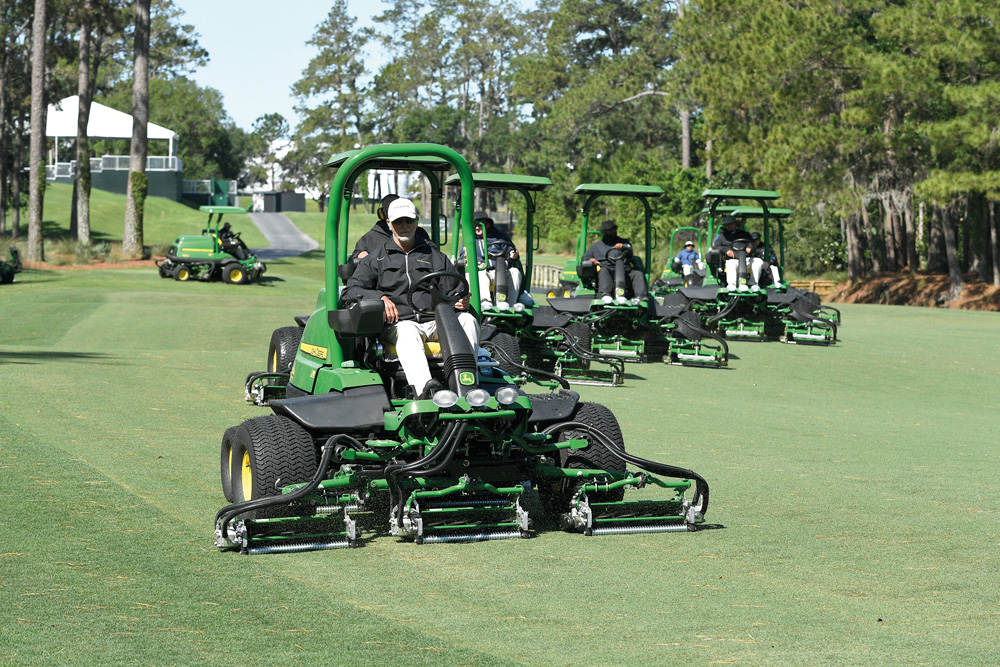
The playing surfaces of golf have greatly changed since the 1960s. Turf grass selective breeding has yielded a huge array of grass varieties for warm tropical/desert conditions and mainly cool season climates. In the 1960s, Penncross Creeping Bentgrass was introduced for cool climates. For tropical climates, Tifgreen hybrid Bermudagrass and shortly thereafter Tifdwarf was introduced to Southeast Asia at Jagorawi Golf Club near Jakarta in 1976, to replace the Serangoon, local Cooch or even Cowgrass as a putting surface.
These improved grasses accepted ever closer mowing heights which result in faster, smoother surfaces. In the past decade, advances in turf type and quality has expanded greatly with the introduction of highly-improved Zoysia varieties and Paspalum types that are stolonised as vegetative pieces or, now, even as seeded offerings. These new additions offer very good surfaces, take tropical conditions well and offer somewhat less maintenance costs. Paspalum has superb salt tolerance too, important in seaside and arid desert conditions, and thrives on reclaimed water sources.
This introduction of finer textured, smoother and more uniform putting surfaces was complemented by technology advances in turfgrass maintenance equipment. In the 1950s and even into the 1970s in some locations, push-pull man-powered green mowers were common. Even as mechanization prevailed, green mowers were walk behind and had seven-blade cutting reels. This form of mower was essential to help properly maintain the newer turf grasses that would accept closer mowing heights.
Advances continued. Triplex three-gang riding greens mowers complemented the walk-behind types, seeking close cut and more efficient labour utilisation. In earlier years, mowing greens at 5mm or 4mm gave way to machines with 11- or even 14-blade reels cutting at 3mm, 2mm or, for special occasion events, to 1.8mm, resulting in almost razor smooth putting surfaces. The more blades on a reel, the smoother the cut.
Smoother surfaces make for faster speeds but, for many players, these high putting speeds – too often trying to emulate Augusta National’s infamous speeds – only raise, not lower, scores. Fast surfaces at courses serving average players are seeing longer rounds as a result of putting speeds of 11 or 12, when 8 or 9 is more suitable for many players’ abilities.
Golf has come a long way indeed from the sand dune links of Leith and St Andrews in the late 1400s. With environmental actions to counter climate change now essential, golf can be a contributor, in a small way, to helping produce oxygen. An 18-hole course can produce enough oxygen from turf and tree cover for about 8,000 persons!
How much more change will occur? Some limit on ball flight is essential.
A moderation in the cost to play in many locations will help bring in new players if marketed well.
Golf can be good for you!


